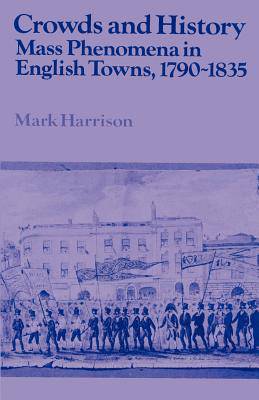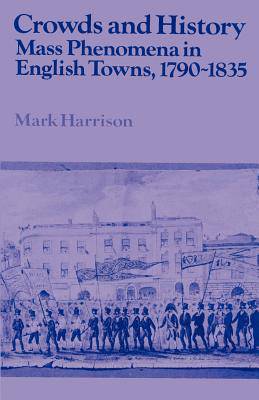
- Afhalen na 1 uur in een winkel met voorraad
- Gratis thuislevering in België vanaf € 30
- Ruim aanbod met 7 miljoen producten
- Afhalen na 1 uur in een winkel met voorraad
- Gratis thuislevering in België vanaf € 30
- Ruim aanbod met 7 miljoen producten
Zoeken
Omschrijving
In the late eighteenth and early nineteenth centuries, urbanisation 'revolutionised' English society as much as industrialisation. Central to this urbanising process, and the civic culture it inspired, was the bringing together of people in large numbers - to celebrate, commemorate, vilify or validate. Contemporary observers found the power and potential of urban crowds both awesome and alarming. They witnessed the capacity of the masses to confer honour and prestige upon a proud city elite or, by turning hostile, to bring civic ruin. Yet this ambivalent relationship between the individual and the crowd, which resonates through not only the nineteenth century but all human history, has remained generally ignored by historians. They have regarded crowds almost exclusively as a riotous, disruptive and protesting force. This book, which is the first systematic historical study of mass phenomena, challenges such preconceptions and re-defines the place of the crowd in history.
Specificaties
Betrokkenen
- Auteur(s):
- Uitgeverij:
Inhoud
- Aantal bladzijden:
- 380
- Taal:
- Engels
- Reeks:
Eigenschappen
- Productcode (EAN):
- 9780521520133
- Verschijningsdatum:
- 20/06/2002
- Uitvoering:
- Paperback
- Formaat:
- Trade paperback (VS)
- Afmetingen:
- 140 mm x 216 mm
- Gewicht:
- 480 g

Alleen bij Standaard Boekhandel
+ 115 punten op je klantenkaart van Standaard Boekhandel
Beoordelingen
We publiceren alleen reviews die voldoen aan de voorwaarden voor reviews. Bekijk onze voorwaarden voor reviews.











